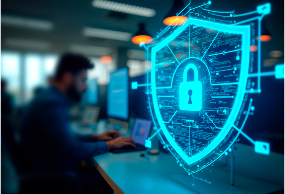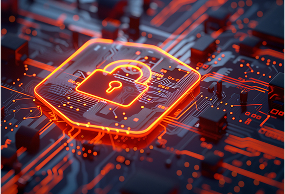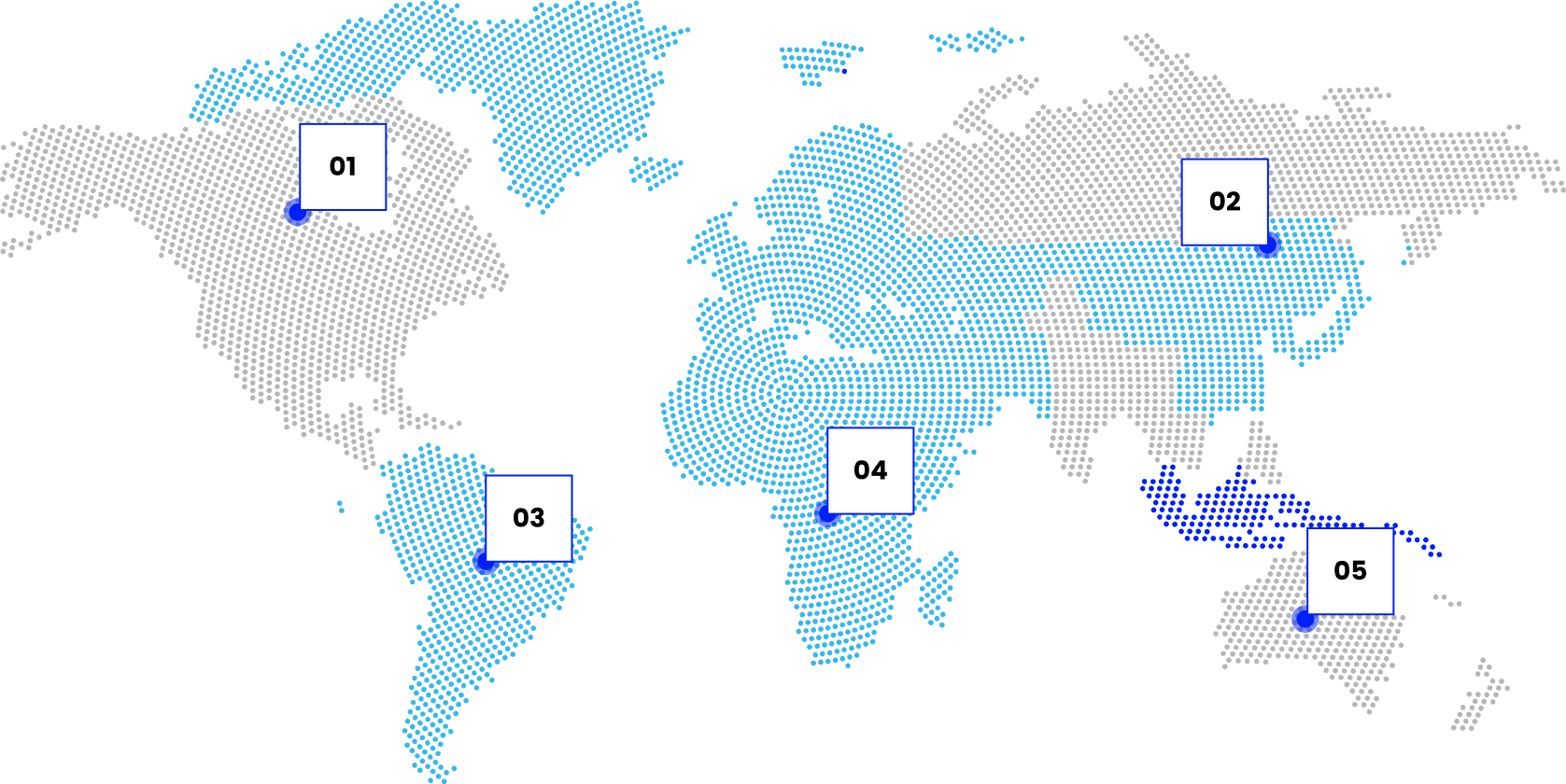Comprehensive Red-Team Assessment for Enhanced Security
POWERED BY
TEMIKA CYBER
Conduct a system evaluation to identify vulnerabilities before they are exploited by malicious actors. This proactive step ensures your organization can strengthen its cybersecurity defenses and effectively reduce the risk of threats.
Simulate real-world attack scenarios to improve incident response strategies and team preparedness. This approach helps teams respond quickly and efficiently when faced with an actual cyber incident.
Conduct periodic security assessments to identify gaps or vulnerabilities in the system.
Conduct realistic cyberattack simulations to effectively test defense forces.
Provide detailed reports on findings as well as recommended security corrective actions.
Work with internal teams to strengthen efficient threat response.
Implement lessons learned to enhance security posture continually.
Find potential vulnerabilities long before cyber attackers can exploit them. This is an important proactive step in cybersecurity to prevent hacking.
Test and optimize the efficiency of your cybersecurity team in the face of simulated real attacks. Prepare your team to handle security incidents quickly and effectively.
Educate staff to be more sensitive in recognizing and responding effectively to cybersecurity threats. Security-conscious employees are the first line of defense in protecting company data.
Make sure your existing cybersecurity measures are truly effective against modern threats. Verify the effectiveness of your security system regularly.
Help your organization to focus on the most significant cybersecurity risks and threats. Recognize information security priorities for optimal resource allocation.
Provide concrete recommendations to strengthen your cybersecurity infrastructure and policies. Improve your company's overall cyber defense.
Drive organization-wide commitment to proactive cybersecurity practices. Build a strong cybersecurity culture at every level of the organization.
Identify vulnerabilities through simulating real-world attack scenarios.
Evaluate and validate current security measures to ensure their effectiveness in mitigating threats.
Validate the existing security measures and their effectiveness against threats.
Educate staff on potential attack vectors and security practices
Mitigate risks by offering actionable recommendations post-assessment.
Test the overall security framework and alignment with compliance objectives.
Lack of security awareness in employee practices.
Comprehensive training program for all employees.
Improved security posture and reduced vulnerabilities.

Simulate phishing to measure employee security awareness.

Test physical barriers and access controls to find vulnerabilities.

Identify vulnerabilities in web applications through simulated attacks.

Assess network defenses by effectively exploiting security weaknesses.
Utilize tools such as Nmap and Recon-ng for network mapping and recognition on target systems.
Utilized Metasploit and Empire to develop and execute payloads against identified vulnerabilities.
Using tools like Mimikatz and BloodHound to maintain access and collect sensitive data from compromised systems.
| Purpose | Tools Used | Frequency | Results | |
|---|---|---|---|---|
| Penetration Testing | Identify vulnerabilities | Nessus, Metasploit | Every Quarter | Report of vulnerabilities |
| Social Engineering | Manipulate user behavior | Phishing kits | Every Month | Behavioral assessment |
| Physical Security Tests | Evaluate physical access | Lockpicks, Cameras | Every Year | Access report |
| Threat Intelligence Analysis | Assess threat landscape | OSINT tools | Sustainable | Threat report |
Clearly describe the main goals and objectives of the engagement.
Determine the systems and assets to be included in the assessment.
Evaluate the current security posture and the risks involved.
Develop a detailed plan including timelines and resources needed
Discuss the scope and expectations with all stakeholders involved.
Confirm the final scope of engagement and obtain the necessary approvals.
Establish clear communication protocols among team members and stakeholders, ensuring rapid information sharing and role assignment during incidents to improve response efficiency and minimize impact on operations.
Limited resources can severely hamper the scope of Assessments.
Miscommunication can lead to misunderstandings during the Assessments process.
Inadequate preparation can increase vulnerabilities that are missed in Assessments.
A narrowly defined scope may miss critical system targets during evaluation.
Lack of collaboration between team members creates knowledge gaps and errors.
Tight deadlines can interfere with thorough analysis and reporting of findings.
Rapidly changing cyber threats require continuous updates to testing techniques.
Inadequate management support can limit the necessary resources and authority.
Utilize social engineering techniques to create convincing phishing emails, target employees to obtain credentials and establish persistence within the network for further exploitation.
Identify and exploit common network vulnerabilities, such as unpatched software and weak configurations, to gain unauthorized access and elevate privileges within an organization's infrastructure.
Utilize standardized templates for consistency and clarity.
Ensure documentation is updated after each phase or finding.
Store all reports in a secure, accessible location for audit purposes.
Focus on providing recommendations that drive immediate improvements.
Check and update security policies to address identified vulnerabilities.
Check and update security policies to address identified vulnerabilities.
Provide targeted security awareness training for employees and stakeholders.
Test new security measures regularly to ensure effectiveness against evolving threats.
Establish continuous monitoring for suspicious activity and potential breaches.
Regularly solicit feedback from team members and stakeholders.
Implement continuous training sessions for skill upgrading and updating.
Conduct a thorough debriefing session after each assessment cycle.
Maintain detailed documentation of processes and lessons learned.
Establish key performance metrics to review assessment effectiveness.
Encourage collaboration between teams for sharing best practices.
Foster a culture of innovation to adapt to new threats and challenges.
Integrate regular simulation exercises to test and improve strategies.
Regularly solicit feedback from team members and stakeholders.
Establish ongoing dialogue for real-time threat assessment updates.
Conduct joint exercises to strengthen collaboration and understanding.
Implement processes for feedback to continuously improve tactics.
Share threat data to enhance defense mechanisms and proactive measures.
Develop coordinated incident response plans for quick resolution.
Utilize common tools for streamlined operations between teams.
Foster a culture of collaboration and mutual respect within teams.
Utilize AI for faster threat detection and automated response.
Focus on securing multi cloud environments with integrated compliance.
Perform routine penetration testing on IoT devices and networks.
Ensure alignment with globally evolving standards and frameworks.
Improve cooperation between red and blue teams for better results.
Success Rate
Response Time
Total Findings
Remediation Level
Ensure all stakeholders have granted permission before conducting any tests to avoid legal repercussions.
Provide clear communication about objectives and potential impacts to all involved parties during the assessment.
Safeguard sensitive information gathered during tests to maintain trust and comply with relevant regulations.

in red-team activities globally
utilize red-team assessments
ead to security improvements
detected via red-teaming
identified annually
Set clear objectives and scope to align with stakeholders, ensuring a shared understanding of the goals. Communicate findings regularly during the assessment to enable an immediate remediation process, and maintain a collaborative approach to promote a culture of security awareness within the organization.